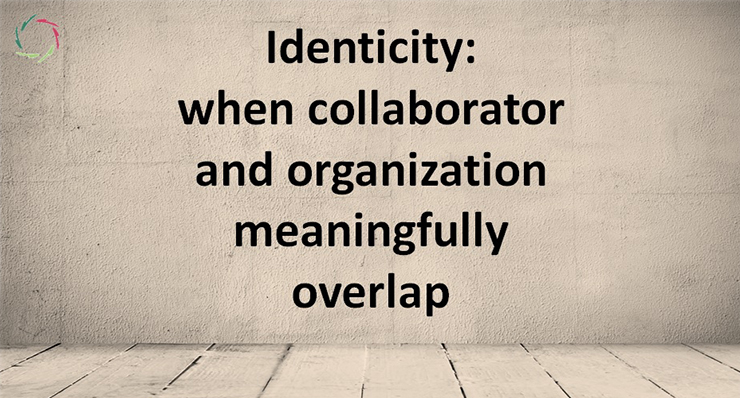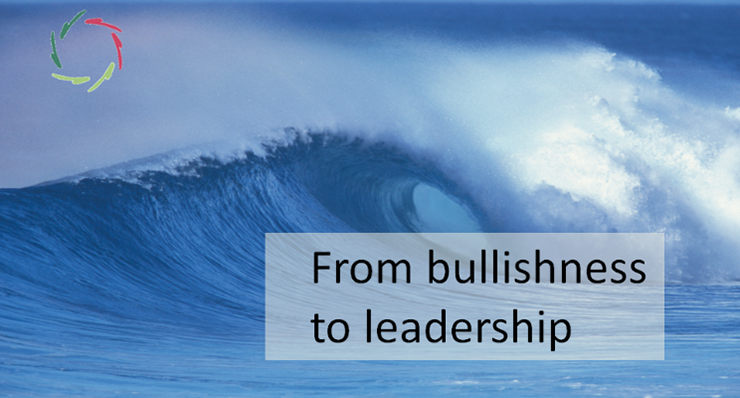‘Identicity’: when collaborator and organization have the same identity.

It’s all about feeling. What if the organization were a person, what would that person look like? What would be his/her personality? And would it accord with yours?
This question can with good reason be put to every collaborator. And if you are a leader, to you too of course. Even more, because of the immediate practical implications this has, you could put to yourself the following more concrete questions:
- Do you know the ‘deep’ personal identity of your organization? This is one step further than a superficial mission, but a deeply resonating brand… Do you define that deep identity at regular times? Does the deep (ideal) identity conform to the perceived (real, current) identity? They might not be the same…
- Do you communicate that ‘deep identity’ to your collaborators? Effectively? How?
- How can you help your collaborators to track their own ‘deep’ identity?
Since motivation only comes from inside, the only way to really motivate a collaborator to work for a cause is through his identification with that cause.
An organization can be the materialization of that cause. If the identity of the organization accords with that of the collaborator, motivation flows naturally. If not, you have a problem. People will disconnect: they work only for the money, or they search another occupation.
If there is a sufficient basic connection, this should be nurtured. Nothing naturally grows without continuous nurturing. Of course, the best nurturing of a human being comes from inside. Still, the power of ‘identicity’ – or a lack of it – is so huge that it deserves your ongoing attention… Note that I said ‘grows’. There is a flow. Identity is not a fixed thing. You cannot put it in a box. An identity evolves. We like to think that there is a kind of ‘basic me’ that is the same over the years. This is only partly true. We all evolve more or less, even in the core. That’s OK. It only gives a slightly different feel to it. A consequence is that identicity also evolves: the way one can identify with an organization is really a way, a path. The organization grows and so do the collaborators, individually. The ‘Pygmalion effect’ (see Internet) is also at play in this. People like being in the presence of what or who makes them grow. Or invites them to grow, supports their growth…
If organization growth and collaborator growth are perceived as coinciding, then human energy – deep motivation – is boundless.


